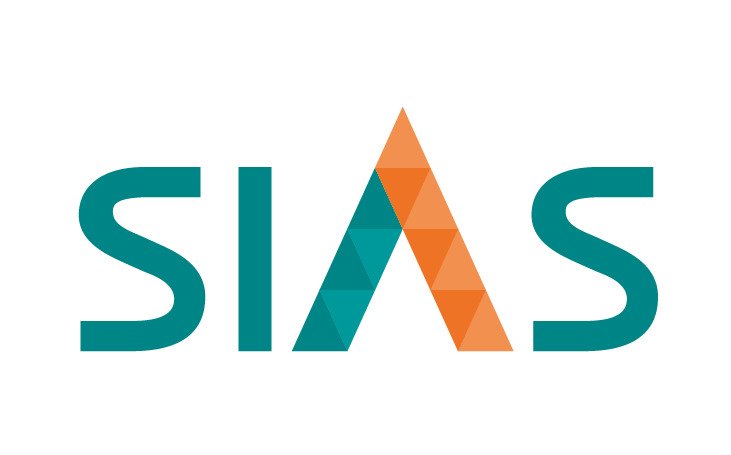Date: March 4, 2019

- The Straits Times Index gained 22 points or 0.7% in Feb to 3,212.69;
- Geopolitical risk from India-Pakistan conflict emerged at end of the month;
- No deal came from second Trump-Kim summit held in Hanoi;
- US-China trade talks still not resolved at month’s end;
- US government shutdown was averted by a temporary agreement;
- US Fed minutes and chair have signalled an increasingly uncertain economic outlook;
India-Pakistan conflict
Externally, the main factors driving stock prices during the past month in Singapore as well as around the world were the same as for much of this year – the state of US-China trade talks and what the interest rate outlook might be.
Geopolitical risk has largely come from Brexit as UK prime minister Theresa May scrambles to formulate an alternative arrangement with the European Union that is acceptable to her government.
Last week however, a new factor emerged which played a role in dampening stock prices on Wednesday – the fighting between India and Pakistan that could erupt into full-fledged war. Although the rest of the world has urged calm, the situation remains tense.
US-North Korea summit in Vietnam
Three other factors were also on the collective minds of investors – the second summit between US President Trump and North Korea’s Kim Jong Un which took place in Vietnam, the state of US-China trade talks and testimony by US Federal Reserve chair Jerome Powell to the Senate Banking Committee.
On the summit, expert commentators had said it would probably not lead to any concrete outcome in terms of North Korea agreeing to dismantle its nuclear weapons. As it turned out, they were right – the summit actually ended a few hours early with no deal announced. Both sides then disputed the reasons for the premature termination.
As for US-trade talks, there was no resolution by the end of the 1 March deadline for the imposition of new US tariffs on Chinese goods, although the latest news is that a deal is possible.
The US economy and the Fed
In the middle of the month, Wall Street dipped sharply after the release of weak retail sales data, the same day that US President Trump threatened to declare a national emergency to get the funding needed to build a wall at the Mexico border. That declaration is now under legal challenge by several states.
Later, minutes of the Fed’s Open Markets Committee meeting showed the central bank to be increasingly concerned with the economic outlook, a view that was confirmed last week at Mr Powell’s Senate testimony.
Mr. Powell barely mentioned the idea that the Fed would need to raise interest rates again, in part because no one asked him about it. However, he did point to reasons why the Fed would not need to raise interest rates and said the predominant risk facing the US economy is slower growth from abroad. He also repeatedly drew attention to a modest increase in labour-force participation that has prevented the unemployment rate from falling lower.
In local news…
- Best World took centre stage
In the local market, beauty products firm Best World was in focus after it issued a lengthy explanation of its revenue model in reply to an earlier Business Times article that had raised questions over the lack of clarity on how the company’s franchisees in China operate.
The company on Tuesday announced a 28.9% rise in 4Q net profit to $28.1m, thanks to higher revenue and gross margins as it transitions from an export to franchise model. In its earlier statement it said it has conducted its business ethically and in compliance with the law but “is not responsible for the accounting and sales records of franchisees, who are independent third parties’’.
Separately, Best World’s external auditors Ernst & Young, said it will review samples of revenue contracts and customer relationships for evidence of related party sales. EY will also consider conducting site visits to Best World’s Lifestyle Centres in China that are operated by franchisees. The stock fell 25 cents or 9.3% over the month to $2.45. On Friday, it lost a further 12 cents to end the week at $2.33.
CIMB last week called a “reduce’’ on Best World, even as it raised its target price to $2.43. “However, with the stock currently valued at 15.7x FY20F we believe most of the forward growth has been priced in. Hence, we downgrade our call on the stock. Upside risks to our call include a quicker-than-expected turnaround in Taiwan and better-than-expected growth in China. Downside risks include weaker-than-expected sales in Taiwan or China’’ said the broker.
RHB on the other hand, called a “buy’’ with a target price of $2.95. However, it added that while it is confident of the near-term earnings prospects, it reminded investors to avoid chasing the share price when valuations run high.
“Unlike a usual retail business, Best World’s direct selling model and franchise model operate largely by “social selling”. This business model itself innately has limited visibility in end-consumer demand. Key risks include overstocking of inventories by franchisees and inability to track sudden drop in end-consumer demand’’ said RHB.
- Roundup of bank results
In its summary of bank results, OCBC Investment Research said:
- 4Q18 results were affected by a drop in contribution from market-sensitive sources, eg wealth management, net trading income and gains from investment securities.
- DBS maintained its final dividend at 60 cents/share. OCBC and UOB increased dividends by 21.1% and 7.7% year-on-year to 23 cents/share and 70 cents/share respectively. OCBC has turned on its scrip dividend scheme with issue price for new shares at a discount of 10%.
The broker also noted that OCBC is currently the strongest in capital adequacy and that around 14%, the capital adequacy of the three banks is significantly above MAS’ minimum requirement of 9%. It maintained an “overweight’’ on the sector.
3) SIAS and Hyflux
During the month SIAS sent a list of 33 questions to troubled water treatment firm Hyflux, mainly about the latter’s corporate governance practices. The company replied a few days later and SIAS then followed this up with an alternative proposal to Hyflux’s restructuring plan.
Under SIAS’s proposal, unsecured creditors would have to sacrifice a portion of their payout to slightly improve the payout to perpetual securities holders and preference shareholders. SIAS has asked Hyflux to reply by 8 March.





